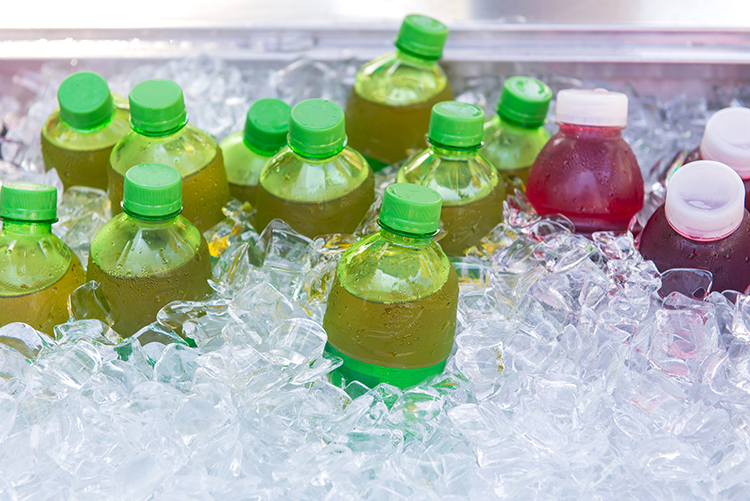Gaining efficiencies in food and beverage manufacturing – methods for vitamin testing
- Like
- Digg
- Del
- Tumblr
- VKontakte
- Buffer
- Love This
- Odnoklassniki
- Meneame
- Blogger
- Amazon
- Yahoo Mail
- Gmail
- AOL
- Newsvine
- HackerNews
- Evernote
- MySpace
- Mail.ru
- Viadeo
- Line
- Comments
- Yummly
- SMS
- Viber
- Telegram
- Subscribe
- Skype
- Facebook Messenger
- Kakao
- LiveJournal
- Yammer
- Edgar
- Fintel
- Mix
- Instapaper
- Copy Link
Posted: 3 September 2020 | Waters Corporation | No comments yet
Looking to improve lab productivity, transfer methods across global sites and implement enhanced testing protocols? Tune in to New Food’s webinar in association with Waters Corporation.


Food, beverage and dietary supplement manufacturers add vitamins to their products either as part of mandatory fortification programmes or voluntarily to provide a nutritional benefit to consumers.
In order to comply with legal requirements and support consumer choice, it is essential to clearly label products, indicating any vitamins that have been added. Once a product has been formulated, rapid, reliable and cost‑effective laboratory methods need to be implemented to monitor the nutritional content and make sure that label claims are being met.
Legacy analytical procedures for vitamin analysis are often time-consuming and only target a limited number of compounds, resulting in multiple analytical procedures to facilitate vitamin testing. This can mean that laboratories need to have greater investment in several different analytical technologies and trained laboratory personnel.
Gaining efficiencies in food and beverage manufacturing – methods for vitamin testing
Date: 8 October 2020. Time: 15:00 BST
With an increase in different types of products containing vitamins, food, beverage and dietary supplement manufacturers and associated routine testing laboratories recognise the need to employ procedures which allow for the testing of multiple vitamins in as few methods as possible. The ability to reduce the number of different testing workflows for vitamin analysis can deliver:
- Increased productivity
- Reduction of analytical workflows
- Efficient use of laboratory assets.
This webinar will introduce some of the analytical challenges of routine vitamin testing and provide strategies for creating efficient vitamin testing methods using liquid chromatography. The webinar will also highlight tools to help with method transfer between different laboratories for greater productivity and method standardisation across global manufacturing sites.
Key learning points:
- Identify the common issues in vitamin analysis
- Learn strategies for method improvement
- Understand consolidation of testing methods for vitamins.
Keynote speaker











